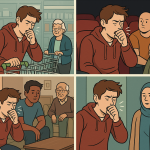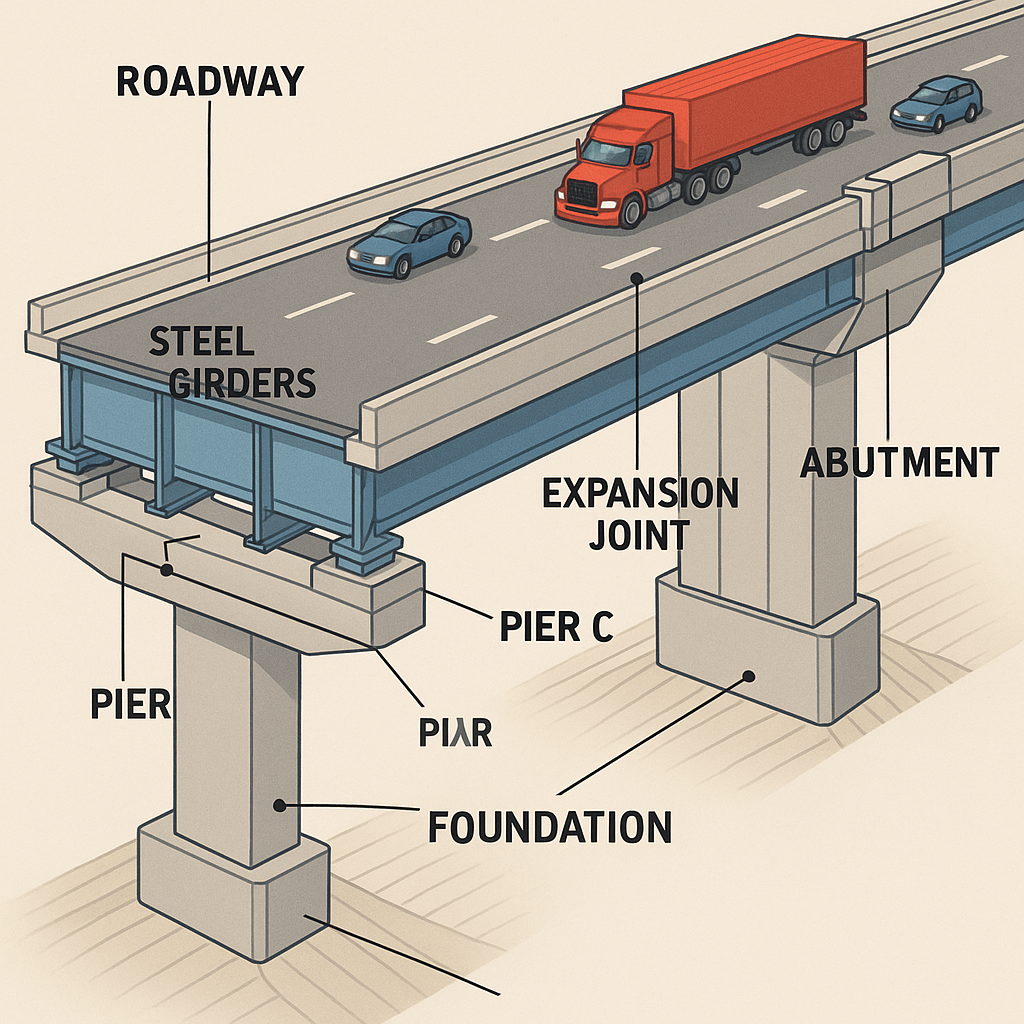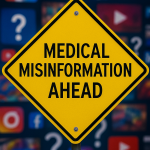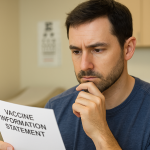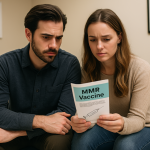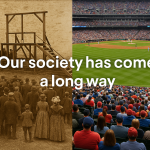When was the last time you worried about your child catching polio at the local swimming pool?
When did you last think about whether the food you’re eating might give you botulism?
When was the last funeral you attended for a child who died of measles?
You probably don’t think about those things at all.
And that’s exactly the problem.
Because public health is a victim of its own success.
The more lives it saves, the more invisible it becomes.
And when something is invisible, it’s easy to doubt it’s even doing anything at all.
If You Don’t See the Disease, You Don’t See the Protection
In psychology, this is called availability bias:
We judge how serious or real something is by how easily we can recall seeing it.
You’ve never seen someone on a ventilator because of smallpox.
You’ve never been to a funeral for a toddler who died of diphtheria.
You’ve never watched a neighborhood lock itself indoors because of polio panic.
Not because those things didn’t happen.
But because they don’t happen anymore—thanks to public health.
But since you haven’t seen them… they don’t feel real.
And if they don’t feel real, people start to question whether the vaccines were necessary…
…whether the water system needs oversight…
…whether the public health agencies are just bloated and out of touch.
It’s a dangerous illusion.
Because we’re walking through a house built on safety we didn’t notice being installed.
The Paradox of Prevention
Here’s the cruel irony:
When public health works perfectly, nothing happens.
No outbreak. No crisis. No drama.
And because nothing happens… people assume it was overblown.
Imagine you put on sunscreen, don’t get sunburned, and then say, “See? I didn’t need the sunscreen.”
That’s what we do with vaccines.
With food safety inspections.
With clean air regulations.
With fluoridated water.
With public health.
We take the absence of suffering as proof there was nothing to prevent in the first place.
What Happens When We Forget?
We start to unravel the very things that protect us.
- We stop vaccinating. Measles comes back.
- We deregulate water systems. Lead levels rise.
- We ignore airborne viruses. Hospitals fill again.
And the saddest part?
When people start getting hurt, we act surprised—as if we weren’t warned.
This is loss aversion in reverse:
We’re so used to safety, we stop valuing what prevents harm—until we lose it.
The Quiet Heroes
Public health is the seatbelt you don’t notice.
The storm shelter you never needed.
The infection you didn’t get.
You won’t see headlines for what didn’t happen today.
But you’re alive because of it.
Your kids are safe because of it.
Your community thrives because of it.
The Bottom Line
The greatest danger to public health today isn’t just new diseases.
It’s forgetting what public health already did for us.
And tearing it down because it worked so well we forgot why we needed it in the first place.
Don’t let “invisible” fool you.
Don’t wait for the return of disaster to appreciate the systems that prevent it.
If this helped you see things in a new light, head back to the Facebook post and let us know. Let’s rebuild public trust—together.
Last Updated on June 26, 2025


